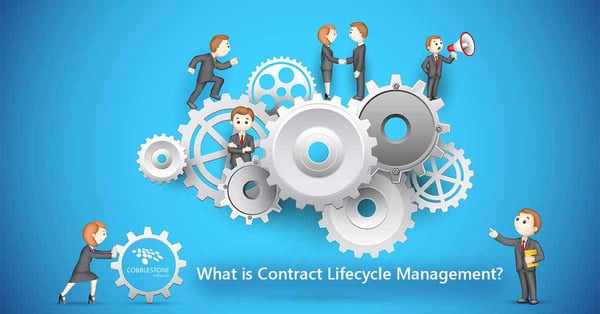
A contract lifecycle management (CLM) system is a software solution that helps companies manage their contracts. It can help you stay on top of your contracts, streamline processes, and even reduce costs. In this article, we’ll explain how contract lifecycle management software solutions work and how they’re used to manage the contract lifecycle.
Approval automation
Approval automation is an essential component of any contract lifecycle management. It’s hard to imagine a world without it, yet it remains one of the most overlooked aspects of effective relationship management.
Contracts are legal agreements that outline expectations, responsibilities, and payment terms between two parties. They serve as a mutual understanding between customers and suppliers on how they will interact with one another moving forward. The goal of contracts is to clearly outline roles to avoid any confusion or ambiguity in future interactions between the parties involved.
Contract requests
Contract requests are an important part of the contract lifecycle management process. While they’re not a substitute for drafting a full-fledged contract, they can help you to discover the terms that need to be included in the final version.
Contract requests are typically used when you’re negotiating with potential clients, or trying to determine whether it’s worth getting into business with someone at all. You may also use them if you want your client to reaffirm their commitment or if there have been some changes since last year’s agreement was signed.
It’s important not to confuse a contract request with a quote; while they’re both documents detailing what duties each party will undertake in their relationship together (and therefore serve similar purposes), quotes are more detailed and formal than requests—they contain pricing information and other material details about how exactly one party will provide services for another party over time.
Advanced negotiations
The next time you’re in the middle of a contract negotiation, consider how you might use contract lifecycle management software to make your life easier. You’ll be able to:
- Use automated negotiations that save time and eliminate errors.
- Track your progress as you go from one stage in the negotiation process to another. This will help you stay on track and avoid unnecessary delays or risks.
- Report on progress at any point in time—whether it’s during an active negotiation or after the fact—so that everyone involved has an accurate picture of where things stand at any given moment.
- Manage all of this data efficiently so it can be accessed quickly when needed, even if multiple people need access for different purposes (for example, if someone needs to see what’s been negotiated thus far while also keeping track of their involvement).
Communication and collaboration
Communication and collaboration tools can help you keep track of your sales contract, as well as communicate with your clients. Effective communication is an essential part of making sure that both parties understand the terms and conditions involved in a contract. Communication and collaboration tools are used to share documents, create a virtual office, collaborate on projects, and more.
E-signatures
E-signatures are legally binding and secure, so they’re a great way to improve your contract lifecycle management. With e-signatures, you can avoid the costs associated with printing and mailing contracts, not to mention the time required for an employee or contractor to sign each page individually.
In addition, because e-signatures can be accessed from anywhere at any time (as long as someone has internet access), your employees will be able to keep track of their contract status while they’re offsite—which is a major benefit if you have remote workers or travel frequently yourself.
Tracking and alerts
Tracking and alerts are two of the most important features of contract lifecycle management software. Tracking allows you to keep track of your contracts, ensuring that deadlines are met and that no one gets left behind. Alerts help you stay on top of any changes or renewals while taking care to avoid surprises.
Along with tracking and alerts, some CLM platforms offer additional features like approvals and workflow automation. Approvals help teams coordinate their efforts when managing contracts by allowing them to ask a manager for approval once they’ve completed their part in the process. Workflow automation can be used as a way to streamline complex contracting processes when multiple people need access to individual files at different times for it all to work out smoothly.
Conclusion
Contract lifecycle management software can help you manage your contracts and other business agreements. There are several features that you can use to make sure everything is running smoothly, including automated notifications and alerts.